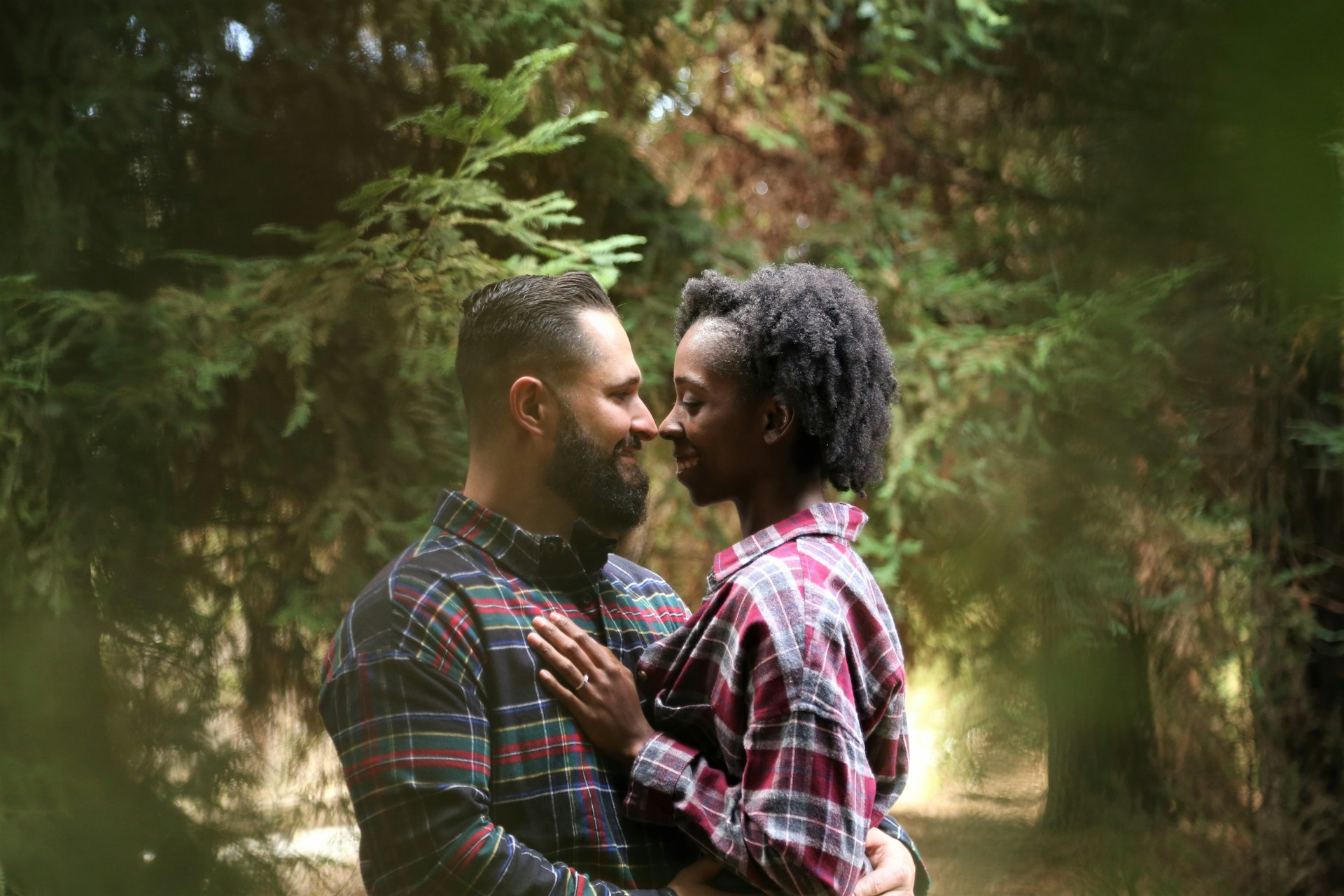
In an increasingly interconnected world, where people move across borders for work, education, or adventure, relationships between individuals from different cultural backgrounds are becoming more and more common. These cross-cultural relationships offer a unique tapestry of experiences, enriched by the diversity of traditions, values, and perspectives each partner brings to the table. However, navigating cultural differences in relationships can also present challenges that require understanding, patience, and effort from both parties. This article delves into the complexities of cross-cultural relationships, offering insights into how couples can embrace diversity while building a strong and harmonious partnership.
Cover photo by Jose Escobar
Understanding Cultural Differences
Cultural differences manifest in various aspects of life, including communication styles, family dynamics, religious beliefs, food preferences, and social norms. Understanding these differences is the first step in navigating them successfully. It involves acknowledging that each culture has its own set of unwritten rules and behaviors that shape how individuals express themselves and interact with others.
For instance, individuals from collectivist cultures like those found in many Asian societies may place a high emphasis on group harmony and community, whereas those from individualistic cultures, such as those in Western societies, might prioritize personal achievement and independence. These differences can influence everything from conflict resolution to decision-making within the relationship.
Communication: The Bridge Between Cultures
Effective communication is essential when navigating cultural differences in relationships. Partners must be willing to listen actively, ask questions, and share their feelings without judgment. Language barriers can complicate this process, so learning each other’s language or using a common language as a tool for expression can be beneficial. However, even with a shared language, nuances and idiomatic expressions can lead to misunderstandings. It’s important to approach these moments with empathy and a willingness to clarify and learn from one another.
Cultural Adaptation and Compromise
Adapting to each other’s cultural norms and finding a balance between different traditions is crucial for the longevity of cross-cultural relationships. This adaptation process requires compromise, where both partners agree to adjust certain aspects of their behavior to accommodate the other’s cultural expectations without losing their identity. It’s about finding common ground while respecting the differences that make each culture unique.
For example, during holidays and special occasions, a couple might decide to celebrate both sets of traditions or create a new hybrid tradition that honors both cultures. This not only fosters inclusivity but also creates meaningful memories that are distinct to the relationship.
Respecting Cultural Norms and Traditions
Respect is the cornerstone of any cross-cultural relationship. It involves understanding and valuing each other’s cultural norms, traditions, and social practices. This respect extends beyond polite gestures; it means acknowledging the historical context and significance behind certain behaviors and beliefs. For instance, if one partner comes from a culture that places significant importance on family approval for relationships, the other partner should consider the role that familial support plays in their partner’s life.
Navigating Cultural Misunderstandings
Cultural misunderstandings are inevitable, but they can be overcome with patience and education. When a misunderstanding occurs, couples should approach the situation with an open mind, seeking to understand rather than assuming malicious intent. Education plays a pivotal role here; partners should educate themselves about each other’s cultures and be willing to educate their families and friends as well. This can involve sharing cultural narratives, customs, and histories that provide context for behaviors that might otherwise seem perplexing or offensive to the other partner.
Building a Supportive Network
A strong support network is vital for couples in cross-cultural relationships. This network can include friends, family members, cultural mentors, and community groups that understand and appreciate the challenges of intercultural dating. A support network provides emotional support, practical advice, and a platform for sharing experiences with others who have navigated similar situations.
Raising Children in a Cross-Cultural Relationship
For couples who decide to start a family, raising children in a cross-cultural environment can be both rewarding and complex. Parents must navigate the delicate task of passing on cultural values and traditions while also fostering an inclusive, open-minded upbringing that respects diversity. This often involves teaching children about both parents’ cultures, encouraging them to explore their heritage, and preparing them for a world where cultural differences are the norm.
Benefits of Diversity
Couples in cross-cultural relationships have the unique opportunity to embrace the benefits of diversity. These benefits include enhanced creativity, problem-solving skills, and empathy. By drawing from different cultural perspectives, partners can build a relationship that is rich with varied experiences and viewpoints. This not only strengthens the bond between the couple but also prepares them to navigate an increasingly diverse world with greater understanding and compassion.
Cultural Fusion and Identity in Cross-Cultural Relationships
In cross-cultural relationships, individuals often experience a fusion of identities. This fusion can lead to personal growth as partners learn to integrate aspects of each other’s cultures into their own lives. It can also raise questions about individual identity and how it fits within the broader context of the relationship. Couples must navigate these waters carefully, ensuring that each partner feels seen, valued, and respected for who they are.
Challenges
Despite the enriching aspects of cross-cultural relationships, there are challenges that couples must face. These can include dealing with cultural stereotypes, facing resistance from families or communities, and coping with the stress of being ‘in between’ two different cultures. It’s important for couples to recognize these challenges and work together to address them. This might involve seeking out counseling or therapy that is sensitive to cross-cultural dynamics or participating in cultural exchange programs that can provide a deeper understanding of each other’s backgrounds.
Celebrating Unity in Diversity
Ultimately, navigating cultural differences in relationships is about finding unity within diversity. Couples who successfully navigate these differences do so by celebrating their uniqueness and recognizing the universal human experiences that connect them. They create a relationship that is a mosaic of cultures, languages, and traditions, each piece contributing to a beautiful and complex whole.
Conclusion
Embracing diversity in relationships is a journey of continuous learning, growth, and adaptation. It requires patience, understanding, and a deep commitment to mutual respect and communication. By navigating cultural differences with an open heart and mind, couples can build a relationship that not only withstands the challenges of different backgrounds but also thrives on the richness that diversity brings. As our world becomes smaller through technology and travel, cross-cultural relationships will continue to rise in number. With the right approach, these relationships can serve as powerful examples of how love, respect, and understanding can transcend cultural boundaries and create bonds that are both strong and celebratory of each partner’s unique heritage.
In conclusion, navigating cultural differences in relationships is a journey filled with learning opportunities, challenges to overcome, and ultimately, a path to a more enriched and connected existence. By embracing diversity, couples can create a partnership that honors their individual identities while forging a shared future that is rich with the traditions, values, and experiences of both cultures. The key lies in the mutual respect for each other’s roots, an ongoing commitment to communication and understanding, and a shared vision for a harmonious future together.


